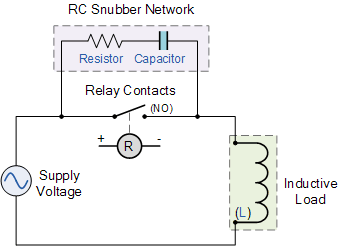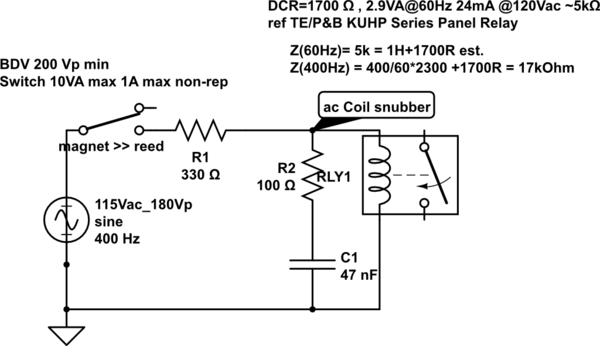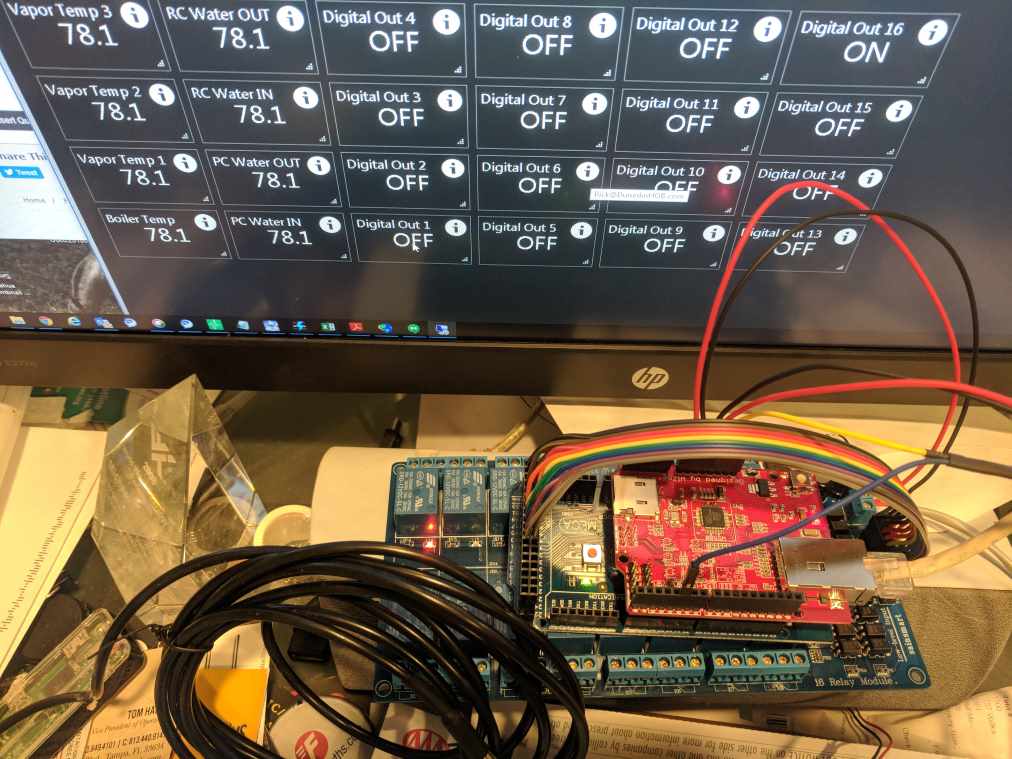Ya I am confused. Say what types of devices each are with their names and functions.
Chiller
Temp sensor (Glycol Reserve Temp) one wire sensor in the gylcol reserve tank
Valve (Recirc Loop)- 12v 2 way valve- when open this runs gylcol though the loop past theother FV valves. This keeps the loop cool, and helps with evening of gylcol reserve tank temps. (port 11)
Pump (Glycol Pump)-120v pump, it is the only pump- so it needs to be running in conjuction with any flow/cooling. (port 10)
Hysterisis (Glycol Temp Setting)-using compressor as the actor and temp sensor (Gylcol Reserve Temp) to maintain 25F in the glycol reserve tank. (port 12)
This loop is... pump out from reserve tank------>though valve(Recirc Loop)--->reserve tank in. When the fermenters are in service this loop will run 24/7 This keeps the glycol at 25F using Hysterisis (Glycol Temp Setting), ready to chill the FV's when they call.
FV1 and FV2 valves closed.
FV1
FV1 Temp sensor (FV1 Beer Temp)-one wire sensor in thermowell
FV1 Hysterisis (FV1 Set Point)-using valve 12v 2 way valve ( Port 6)
When FV1 calls for cooling, it will open its valve, close recirc Loop valve. While everything else stays the same ( Pump on, glycol maintaining temp).
When FV1 is at setpoint (using FV1 Hysterisis) it's valve closes, and recirc Loop opens. I guess it can be looked at as a 4 way valve, just diverting the constant flow somewhere at all times.
FV2
FV2 is going to be the exact same as FV1
FV2 Temp sensor (FV2 Beer Temp)-one wire sensor in thermowell
FV2 Hysterisis (FV2 Set Point)-using valve 12v 2 way valve ( Port 9)
(denote actual names)
Now FV1 and FV2 will call at the same times sometimes, which should be no big deal.














































![Craft A Brew - Safale S-04 Dry Yeast - Fermentis - English Ale Dry Yeast - For English and American Ales and Hard Apple Ciders - Ingredients for Home Brewing - Beer Making Supplies - [1 Pack]](https://m.media-amazon.com/images/I/41fVGNh6JfL._SL500_.jpg)












